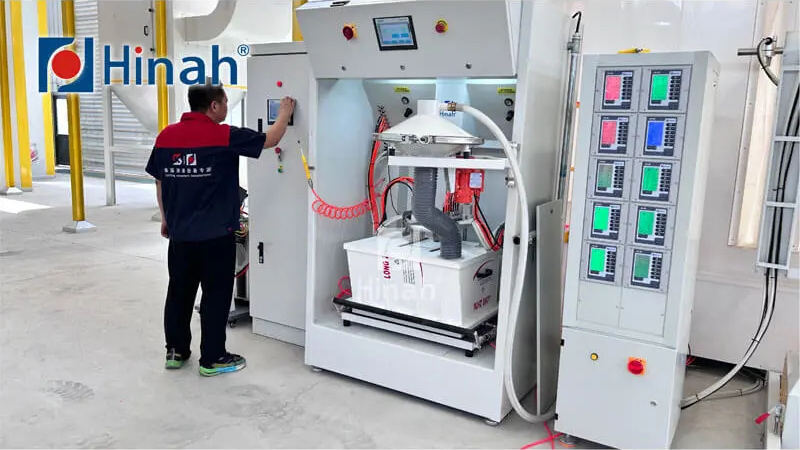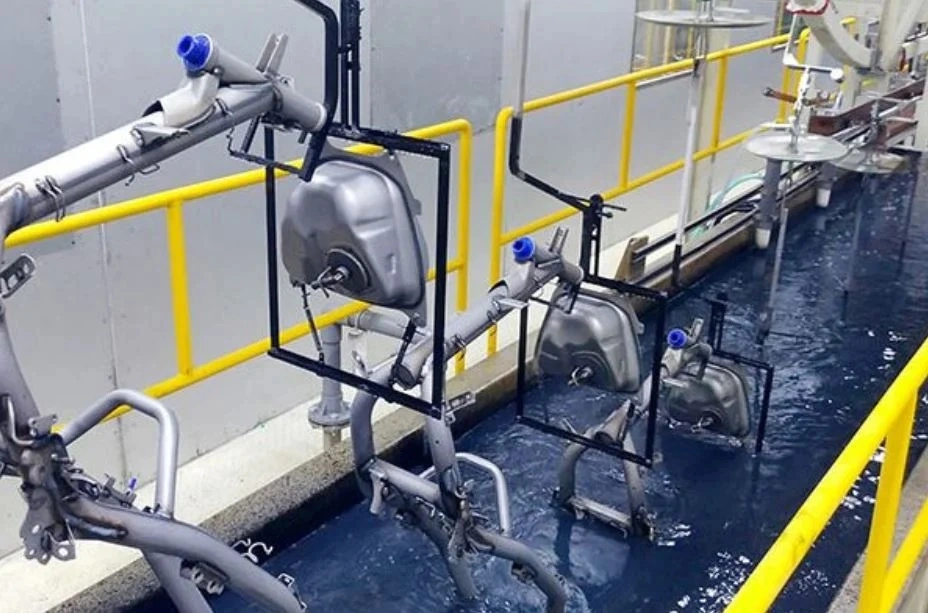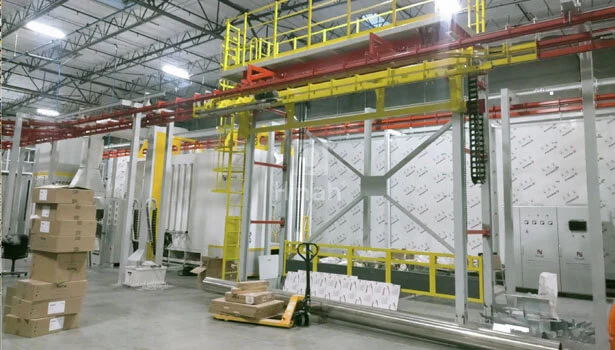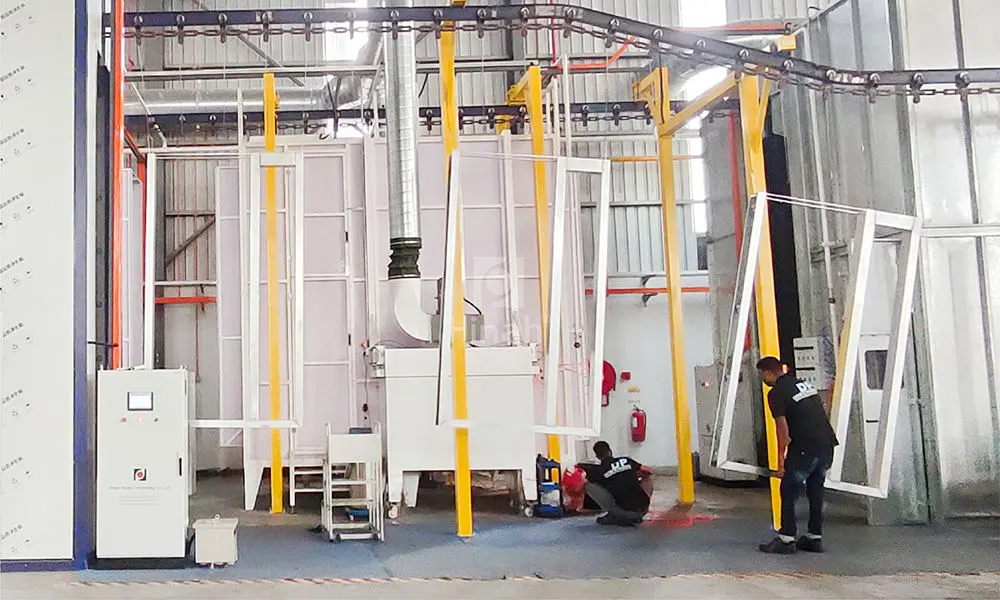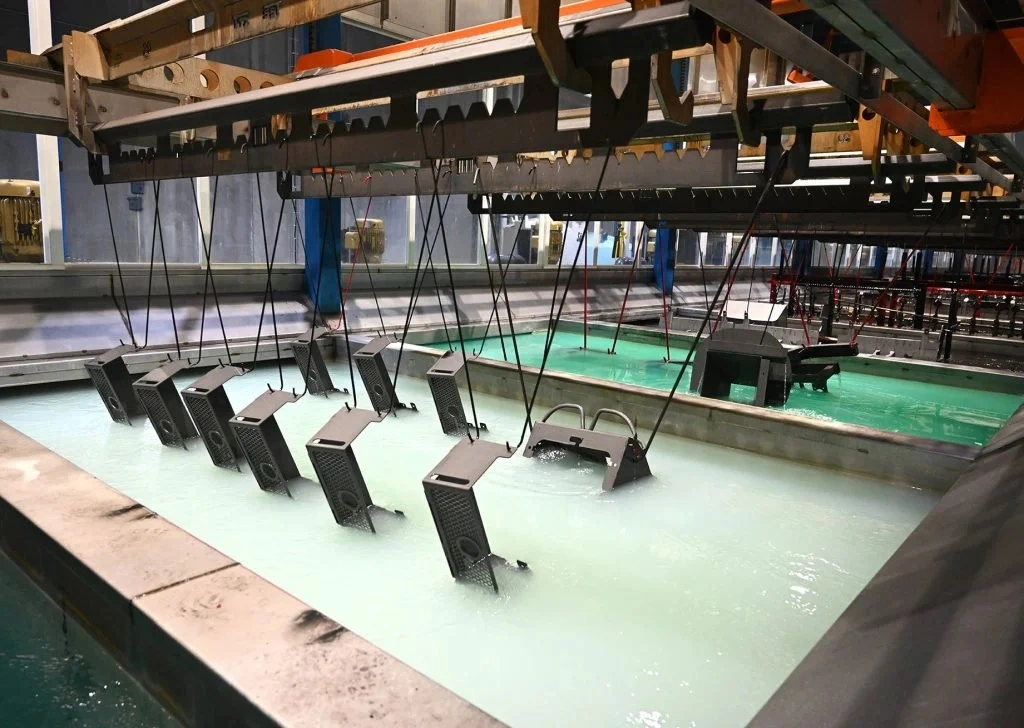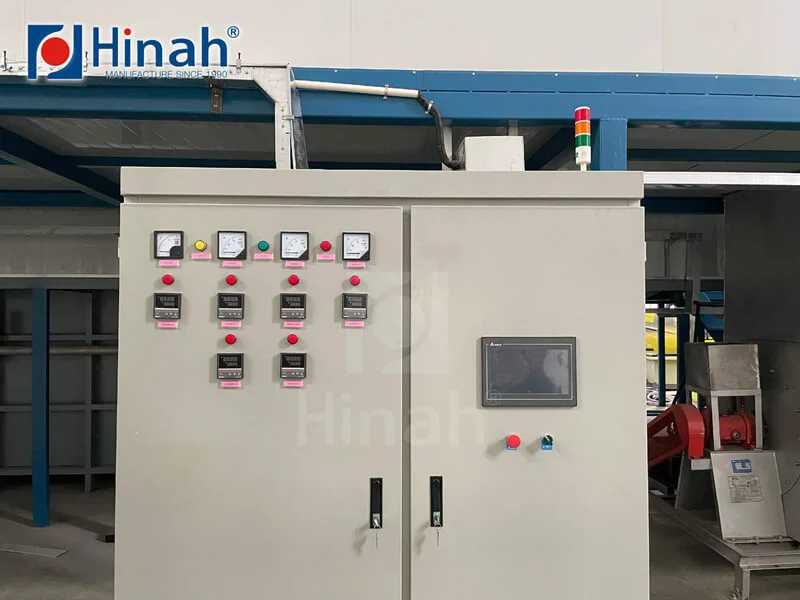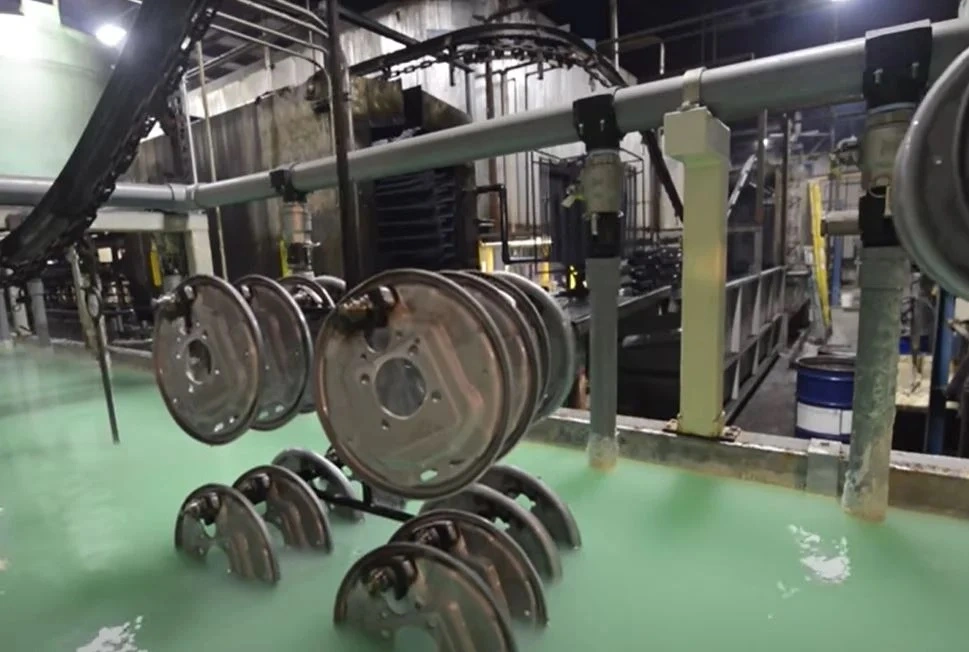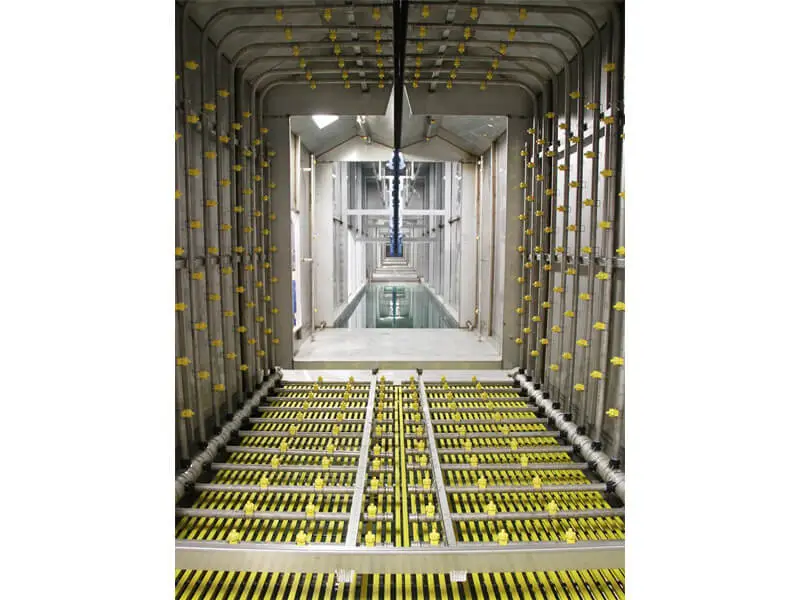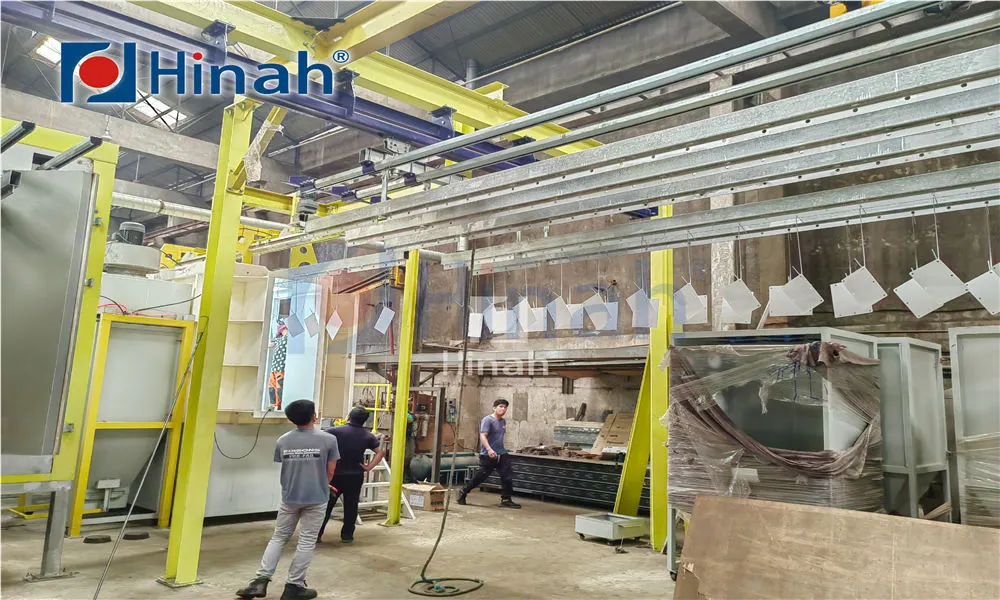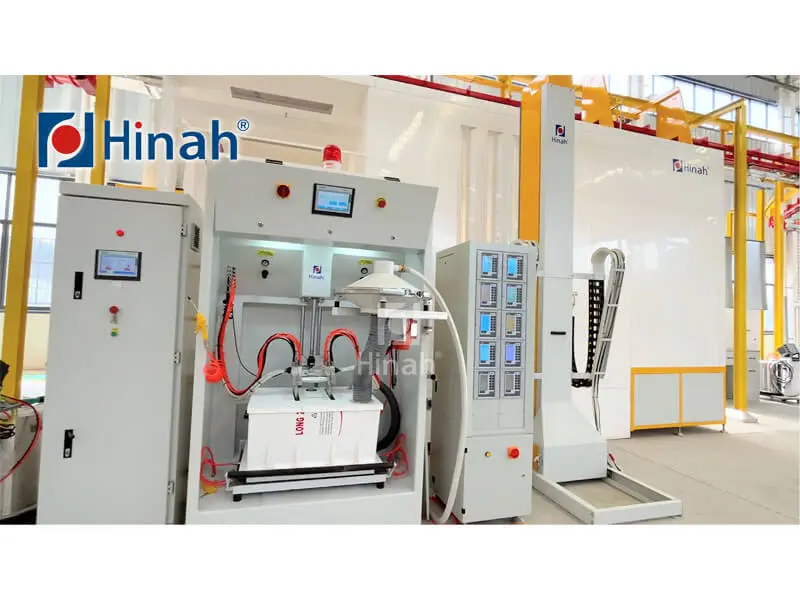In the competitive world of industrial finishing, automated powder coating has emerged as the gold standard. This advanced application method is revolutionizing how manufacturers protect and beautify their products, from automotive parts and aerospace components to furniture and appliances. By integrating robotics, sophisticated software, and intelligent design, an automated powder coating system delivers unmatched consistency, efficiency, and cost-effectiveness. This article delves into the core components of this technology, explores its significant advantages, and addresses common questions, including the critical factor of automatic powder coating line price.
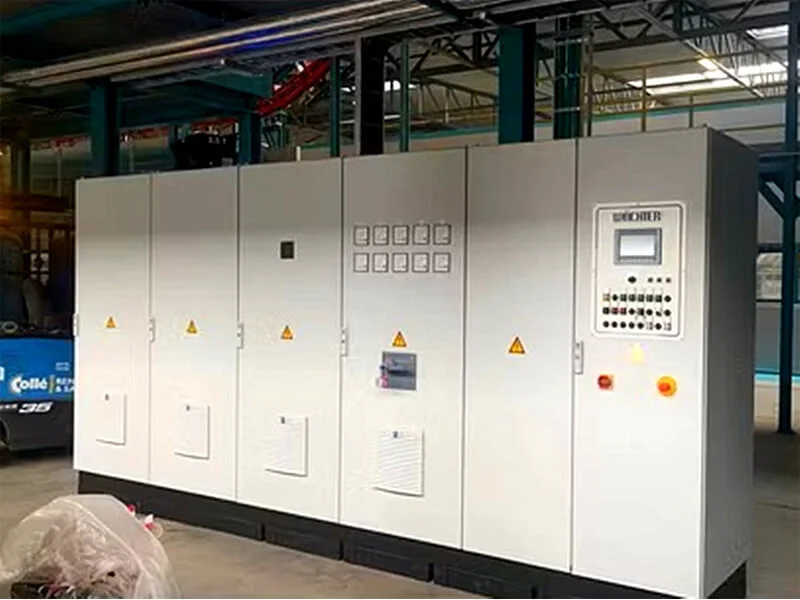
What is an Automated Powder Coating Line?
An automated powder coating line represents a complete, integrated manufacturing cell designed to prepare, coat, and cure products with minimal human intervention. It’s far more than a single machine; it’s a symphony of coordinated components working in unison. The journey through a typical line involves several stages:
Pre-treatment: Parts are automatically conveyed through a series of spray or immersion stages for cleaning, degreasing, etching, and chemical pre-treatment. This is crucial for ensuring optimal adhesion and long-term coating durability.
Drying: After pre-treatment, parts enter a drying oven to remove any residual moisture.
The Coating Booth: The heart of the operation is the automated powder coating booth. Here, robotic arms or reciprocators equipped with electrostatic spray guns apply a uniform layer of powder to the parts. The booth is designed to contain overspray, with recovery systems that filter and often recycle unused powder, dramatically improving material utilization.
Curing: The coated parts then move into a curing oven, where the powder melts, flows, and chemically cross-links to form a durable, high-quality finish.
Conveyor System: An intelligent overhead or floor conveyor system seamlessly transports parts through each stage, precisely controlling speed and timing.
An entire setup, often referred to as an automated powder coating plant, can be customized to handle specific part sizes, volumes, and required throughput rates.
The Core Components: How an Automated Powder Coating System Works
Understanding the individual elements that make up an automatic powder coating system is key to appreciating its efficiency.
The Automated Powder Coating Machine: Precision Robotics
The term automated powder coating machine most commonly refers to the application robots themselves. These multi-axis robots are programmed to follow complex paths, ensuring every nook and cranny of a part receives a consistent coat. Their advantages are immense:
Unmatched Consistency: They eliminate human error and variability, applying the exact same film thickness on every part, every time.
Complex Geometries: Robots can be equipped with multiple guns and can maneuver into positions that are difficult or unsafe for human operators.
24/7 Operation: Robots can work continuously, significantly boosting production capacity.
The Nerve Center: The Powder Coating Booth and Recovery
The automated powder coating booth is an engineering marvel. It’s not just a contained space; it’s an active part of the efficiency process. Modern booths feature:
Cartridge Filter Systems: These capture overspray powder with high efficiency.
Powder Recovery Systems: The collected powder is automatically sieved and mixed with virgin powder for reuse. This recycling capability can lead to transfer efficiencies of over 95%, meaning minimal waste.
Climate Control: Maintains optimal temperature and humidity for consistent application quality.
When these components are linked together by a central control computer, they form a complete automated powder coating system that can store countless recipes for different parts, automatically adjusting gun settings, conveyor speed, and oven temperature.
Top Advantages of Investing in an Automated Powder Coating Line
The shift from manual to automated finishing offers a compelling return on investment through several key benefits:
Superior Finish Quality and Consistency: This is the primary driver. An automatic powder coating line produces a flawless, uniform finish on every single part, drastically reducing rejects and rework. The repeatability is simply impossible to achieve manually over a long production run.
Dramatic Increase in Production Efficiency and Output: Automation is fast. Robots can apply powder much quicker than a human, and the line never tires. This allows manufacturers to meet high-volume demands and shorten lead times, providing a significant competitive edge.
Significant Reduction in Operating Costs: While the initial automatic powder coating line price is an investment, the long-term savings are substantial. The high powder回收率 (recovery rate) means you use less material. Furthermore, automation reduces labor costs, requiring fewer operators to manage the line.
Enhanced Worker Safety and Environmental Compliance: Powder coating is a safer alternative to liquid paints as it contains no solvents and produces minimal VOCs (Volatile Organic Compounds). Automation takes this further by removing operators from direct exposure to the coating environment and repetitive spray tasks, reducing ergonomic risks.
Optimized Material Usage and Sustainability: The closed-loop recovery system in an automated powder coating booth means less waste is sent to landfill. This aligns with modern sustainability goals and reduces material costs, making the process both eco-friendly and economically smart.
Data Collection and Process Control: Digital systems monitor and record every aspect of the process—oven temperatures, conveyor speed, gun kV/microamps. This data is invaluable for quality control, troubleshooting, and continuous process improvement.
Labor Reallocation and Skill Development: Automation doesn't necessarily eliminate jobs; it changes them. Operators are upskilled to become line supervisors, programmers, and maintenance technicians, focusing on higher-value tasks rather than repetitive spraying.
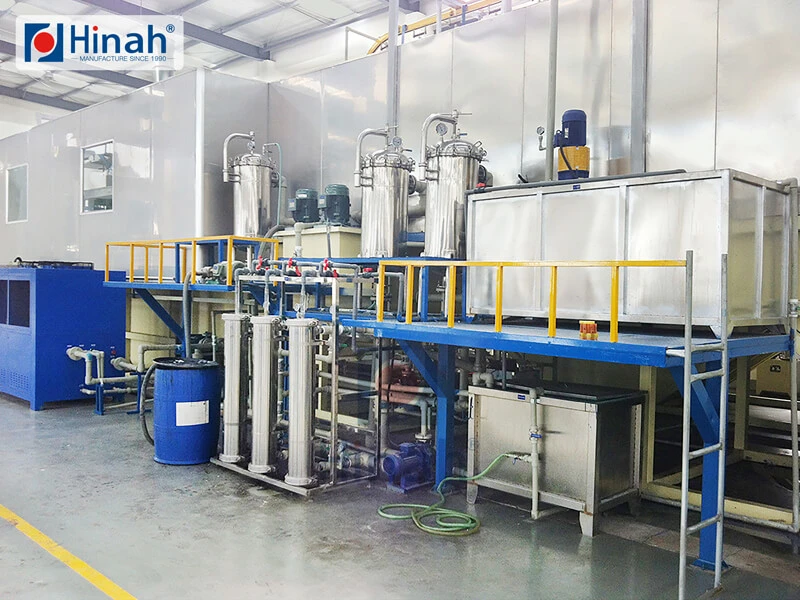
Understanding the Investment: Automatic Powder Coating Line Price
The automatic powder coating line price is not a single figure but a range dependent on numerous variables. A basic system might start in the hundreds of thousands of dollars, while a large, complex, turnkey automated powder coating plant can run into the millions. Key factors influencing cost include:
Line Size and Capacity: The physical dimensions and weight capacity of the conveyor and ovens.
Degree of Automation: A single robotic station vs. a fully unmanned line.
Pre-treatment Type: A simple spray washer vs. a multi-stage immersion system.
Booth Technology: The type and capacity of the powder recovery system.
Curing Oven: Fuel type (gas, electric) and insulation efficiency.
Integration Complexity: How seamlessly the system needs to integrate with existing upstream and downstream processes.
Most manufacturers offer consulting and engineering services to provide accurate quotes based on specific production needs, ensuring the investment aligns with operational goals and ROI expectations.
Even the most advanced technology can face issues. Being aware of common problems helps in planning and prevention.
Upfront Capital Investment: The high initial automatic powder coating line price can be a significant barrier for small to medium-sized enterprises, requiring careful financial justification.
Maintenance Requirements: Automated powder coating systems are complex. Regular maintenance of robots, filters, pumps, and conveyors is essential to prevent unplanned downtime. A lack of trained maintenance staff can become a problem.
Programming and Complexity: Setting up and programming robots for new, complex parts requires skilled technicians. Initial programming can be time-consuming, though offline programming software has simplified this.
Powder Contamination: If the recovery system is not maintained, contaminated powder can be fed back into the application guns, leading to finish defects. Regular cleaning and filter changes are mandatory.
Electrical and Grounding Issues: Powder coating relies on electrostatic attraction. Poor part grounding is one of the most common causes of application problems, such as poor wrap or uneven coating, even in an automated setup.
Adapting to High-Mix Production: While perfect for high-volume, low-mix production, lines running a very high variety of part shapes and sizes may require frequent robotic reprogramming and line changeover, which can impact overall equipment effectiveness (OEE).
Is an Automated Line Right for Your Business?
Implementing an automated powder coating line is a strategic decision. It is ideally suited for businesses that:
Have high-volume production requirements.
Demand exceptionally consistent and high-quality finishes.
Face challenges with skilled labor availability or high labor costs.
Seek to improve their environmental footprint and material efficiency.
Have the capital for the initial investment and are focused on long-term ROI.
For operations with lower volumes or extremely customized, one-off parts, a manual or semi-automated system might remain a more flexible and cost-effective solution.
The evolution of automated powder coating technology has fundamentally transformed industrial finishing. By integrating automated powder coating machines, intelligent booths, and material recovery systems into a seamless automated powder coating line, manufacturers achieve unprecedented levels of quality, efficiency, and profitability. While the automatic powder coating line price represents a considerable investment, the long-term benefits in reduced operating costs, superior product quality, and enhanced sustainability make a compelling case for automation. For any manufacturer looking to scale and compete at the highest level, embracing this technology is no longer a luxury—it's a necessity.


